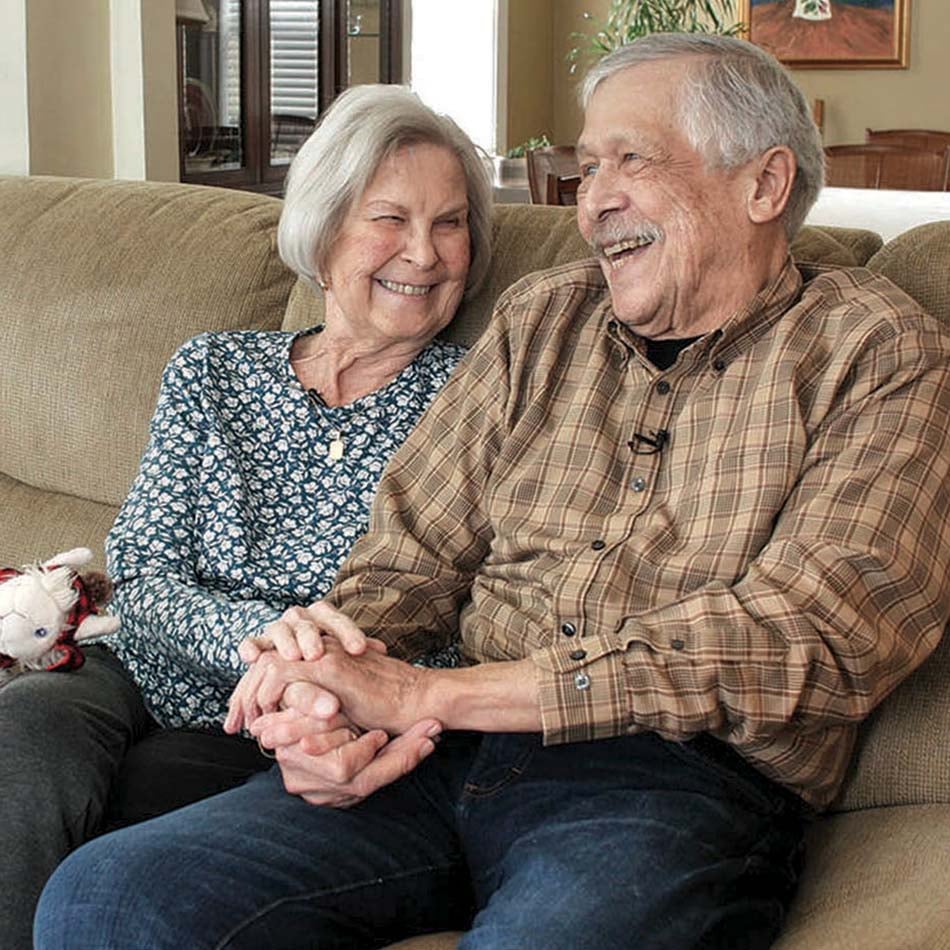How to Make a Heart Sing
By Dorinda Bush Jones
I was diagnosed with tetralogy of Fallot1, which prevented my blood from being fully oxygenated and made my skin and lips appear a bluish gray. I got winded easily and often passed out. There really wasn’t anything to be done about it, so we went about our business.
But at age 10, I knew I was in trouble. We went to Cleveland Clinic and Dr. Sones2 gave me my first heart catheterization. The improvements were so encouraging. I’ve been a regular at Cleveland Clinic ever since.
At 11 years old, I became one of the first patients to undergo what was then called a stopped-heart operation. Today, we know it as open heart surgery. Dr. Effler3 was my surgeon.
Thirteen years later, Dr. Effler gave me another heart catheterization to lessen the risk of complication and heart strain during pregnancy. The next morning, he stopped at the foot of my bed, wiggled my left big toe and said to me, “Go have your babies.” My heart was singing.
I’ve had several more procedures over the years to keep things in check, and now have a pacemaker to regulate my heart. But I’m still living a full life, thanks to 65 years of Cleveland Clinic care.
Dorinda Bush Jones and her husband, Jerry, have two children and five grandchildren.

Dorinda Bush Jones and Jerry Jones. | Photo: Cleveland Clinic
Notes
- A rare disease comprising four heart defects.
- F. Mason Sones, MD, was the father of moving cine-coronary angiography, a method of filming X-rays to view the heart and its vessels.
- Donald Effler, MD, was Chief of the Department of Thoracic and Cardiovascular Surgery at Cleveland Clinic from 1949 to 1975.
Dorinda Bush Jones looks back at 65 years of care at Cleveland Clinic.
